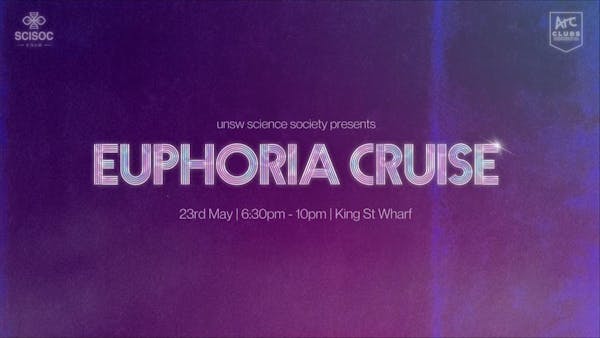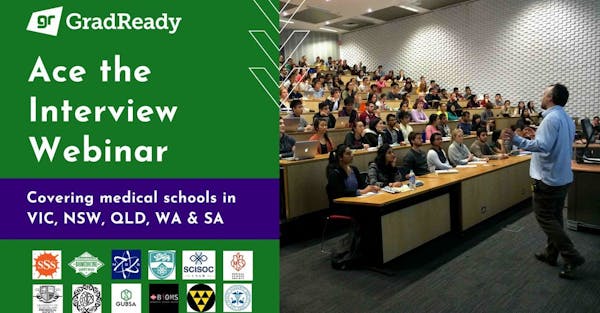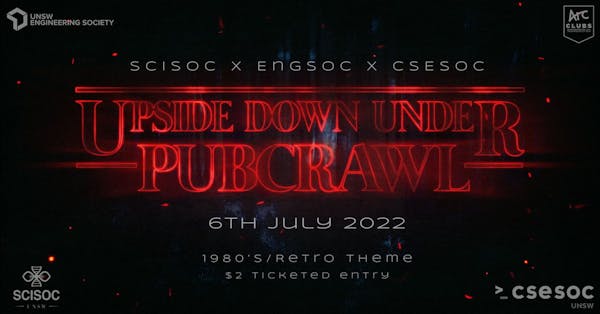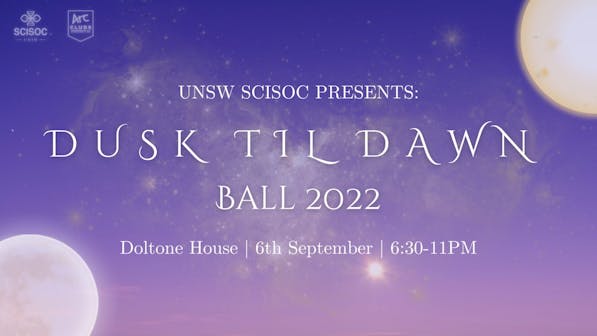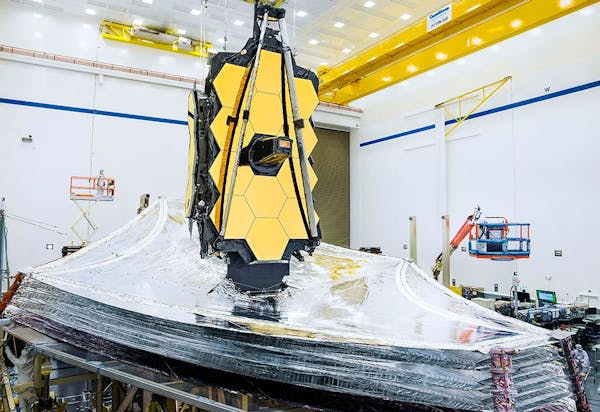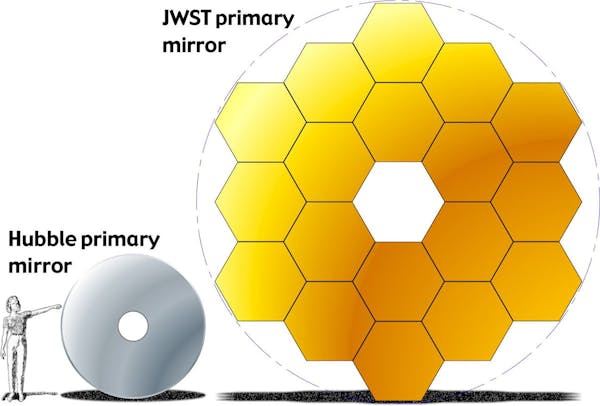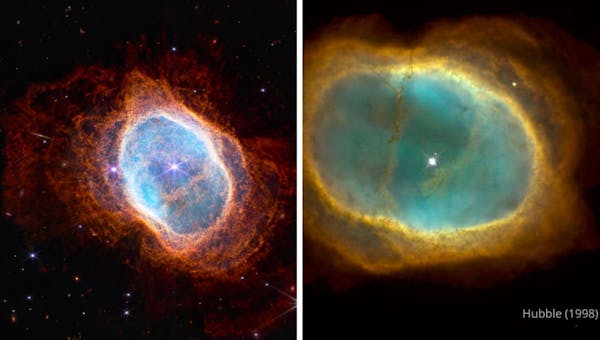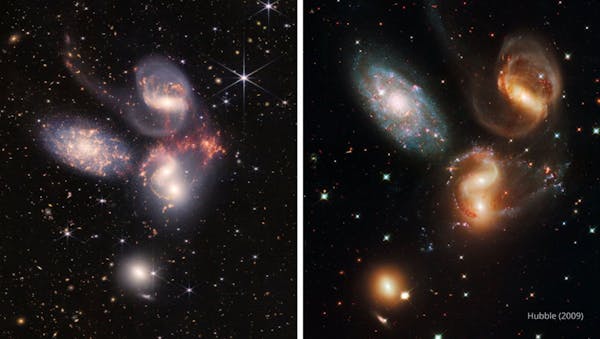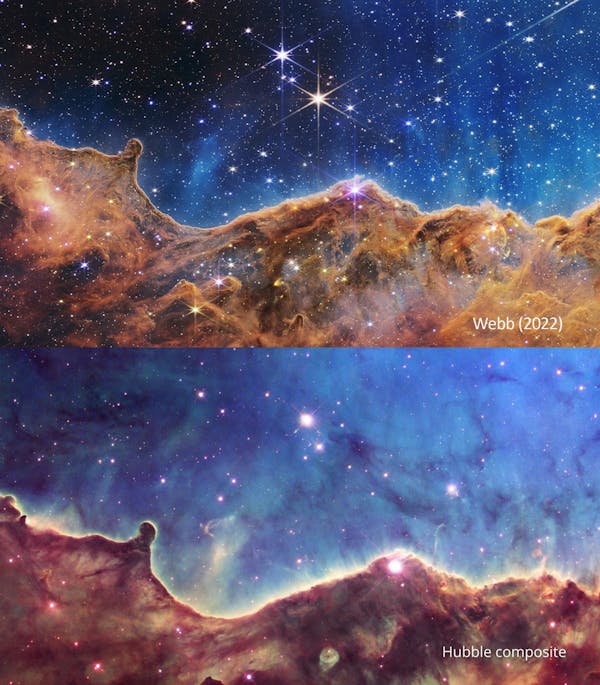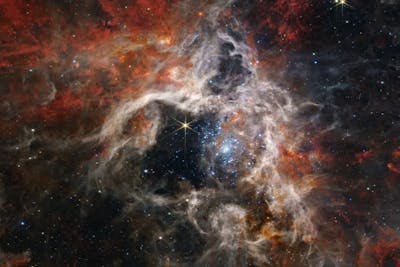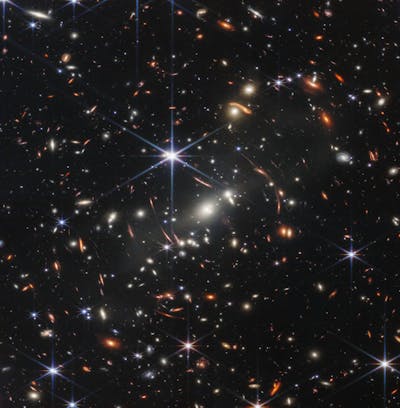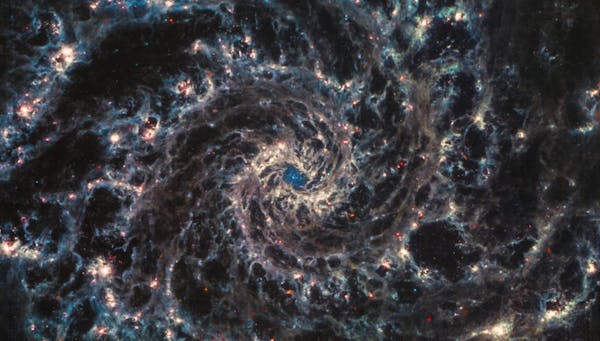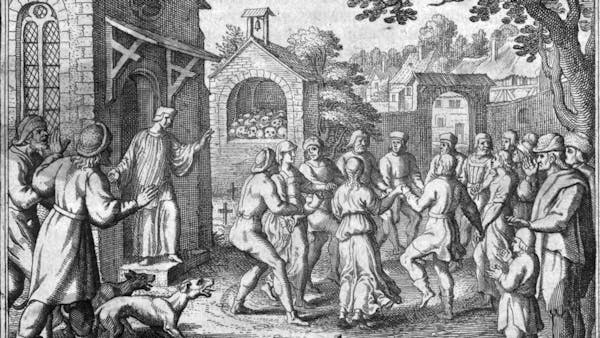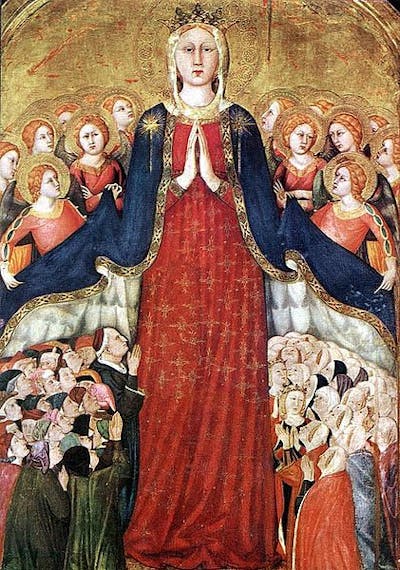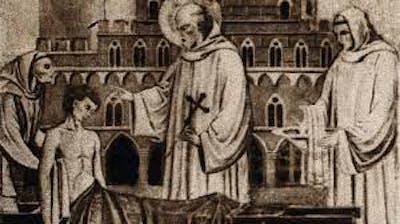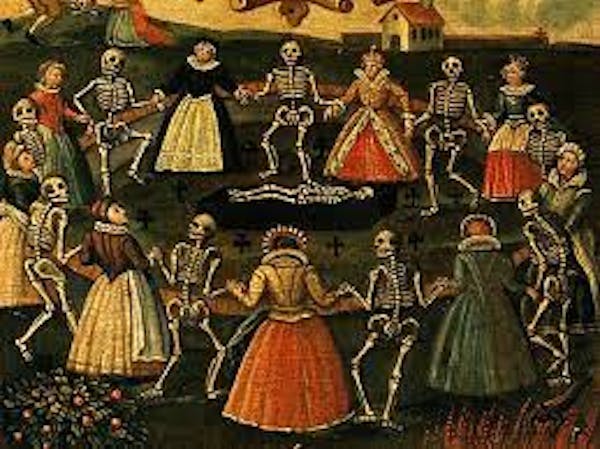Welcome back to SCISOC’s fortnightly newsletter, PRISM! In this fortnight's newsletter we recap our most exciting events of SCISOC 2022. For Science News, we explore the James Webb Telescope, and lastly, our Fun Corner delves into the past, of the dancing plague of 1518. Happy reading! |
|
|
With Term 2 coming to an end, here’s a recap of some of the events from this term! |
|
|
Euphoria Cruise On the 23rd of May, we had our SCISOC cruise in the waters of Sydney Harbour! With free food and drinks, everyone was immersed in the glimmering lights of the dancefloor that shone down on the unique outfits people wore. Engulfed in their own main character moment, people danced into a night of dazzling excitement that ended with a bang at ZEN Bar for the afterparty! |
|
|
Cochlear Case Competition Competitors were given the opportunity to solve real-world problems and uncover new technologies applicable in today’s world! Participants were provided insight into biomedical design and development whilst combining aspects from both the business world and STEM and engineering world. Competitors were able to upskill themselves by critically thinking and applying their knowledge through a scientific perspective, and were given once in a lifetime opportunity to receive invaluable feedback from industry professionals! |
|
|
Ace the Interview Webinar In preparation for students interested in applying for medical school, Science Society held a Free Ace the Interview Webinar on the 31st of August in collaboration with GradReady to cover the medical interview process of universities across 5 states. Discussing the best practices for online interviews and the ideal candidates that medical schools look for, attendees gained insight into the ins and outs of the interview process and how to best prepare for them. With tips and tricks from presenters who had personally been through the medical school interviews, we rest assured that students left well-prepared! Best of luck to our future doctors! |
|
|
SCISOC x ENGSOC x CSESOC Pubcrawl On the 6th of July we held our intersociety pub crawl! Participants cruised through the night with free drinks and cocktails, making stops at Shark Hotel and Zen Bar, before finishing the night with a haven of happiness at Scary Canary. Ready for our next pubcrawl? Be prepared to take a shot! |
|
|
UNSW SCISOC PRESENTS: DUSK TIL DAWN BALL 2022 As Semester 2 came to a close, the UNSW Science Society held its annual ball at Doltone House Darling Island on the 6th of September! With a night of cocktails, music and dance, against the backdrop of the city skyline, accompanied with unlimited drinks and high-quality professional photography, attendees were bound for a magical and euphoric night! It was an opportunity to dress up and dance from dusk till dawn! We worked hard during Semester 2 and now we party even harder! |
|
|
GradReady InterviewReady Courses Last chance to enrol for GradReady’s InterviewReady Courses! Enrolments close in 3 days on Thursday 8 September at 1 PM AEST! Secure a spot in their InterviewReady MMI Comprehensive Courses and be eligible for a full refund if you don’t receive an interview offer! Their InterviewReady courses are updated every year and feature a detailed breakdown of various important scenarios, followed by a full Mock MMI! Final spots remaining - Enrol Today HERE and take advantage of their No Interview Full Refund Offer! |
|
|
James Webb Telescope
I’m sure that you have either heard about the recent images produced by the James Webb Space Telescope (JWST) either on the news, on Tiktok or on Youtube. We haven’t expressed our love for this recent and extraordinary new scientific step, so we decided to dedicate this week’s science news to the JWST.
You may be asking; What’s so special about this telescope? How is it different from the other ones? Well, the JWST is the most advanced and most expensive telescope ever built. I’m sure you all have heard of the Hubble telescope. Think of JWST as Hubble’s successor. |
|
|
JWST is an infrared space observatory that launched on Dec 25, 2021. The $10 billion telescope will probe the cosmos to uncover the history of the universe from the Big Bang to alien planet formations and beyond. It took 30 days for JWST to travel nearly 1.5 million kilometers to its permanent home: a Lagrange point - a gravitationally stable location in space. This orbit would allow the telescope to stay in line with Earth as it orbits the sun. According to NASA, the telescope will focus on 4 main areas: first light in the universe, assembly of galaxies in the early universe, birth of stars and protoplanetary systems, and planets. |
|
|
The powerful JWST is expected to take amazing photos of celestial objects like its predecessor, the Hubble Space Telescope. JWST will also look at exoplanets that the Kepler Space Telescope found, or follow up on real-time observations from ground space telescopes. NASA has announced that the JWST should have enough fuel to double its minimum mission life expectancy of 10 years. Since the launch, the spectacles captured by the JWST against the hubble telescope is clearly seen in the images below: |
|
|
JWST image (left) and Hubble image (right) of the Southern ring. |
|
|
JWST image (left) and Hubble image (right) of the Stephens quintet. |
JWST image (top) and Hubble image (bottom) of the Carina Nebula. |
|
|
From these images we can see the better detail that the JWST provides, allowing us to further understand the universe, determine wheter other planets could support life and see galaxies that formed just after the Big Bang. Below are some more spectacles the JWST has captured: |
|
|
The dancing plague of 1518: In 1518, a 'dance plague' saw citizens of French city Strasbourg reportedly dancing uncontrollably for days on end – with fatal results. It was on a sweltering summer’s day in July 1518, when a woman called Frau Troffea began to dance in a square in Strasbourg. Those around her would only watch while the woman continued to dance as she would not and could not stop. Then more people joined in, dancing outdoors in the summer heat. Arms flailing, bodies swaying and clothes soaked with sweat, they danced through the night and into the next day. Seldom stopping to eat or drink, and seemingly oblivious to mounting fatigue and the pain of bruised feet, they were still going days later. By the time the authorities intervened to take Troffea away, hundreds more were dancing in the same frenetic fashion. With no music, they danced as if compelled, feet bloodied and limbs twitching. Further chronicles outline the measures taken by the authorities in response. One writer describes dancers being carted off to St Vitus' shrine outside the city, where they were "given small crosses and red shoes". Another mentions more direct arrangements made for the dancers to tire them into submission, with "persons… specially appointed to dance with them for payment, to the music of drums and pipes". This does not help. "All this was of no avail, and many danced themselves to death." |
|
|
The root cause of this dancing plague has yet to be discovered, but there are various theories surrounding its potential origin. In medieval times, it was common to blame disease on the supernatural. Sinning was often believed to be met with punishment in the form of disease. This dancing epidemic was thus believed to be some form of demonic possession or divine wrath. However, this train of thought dissipated over time. Another potential theory was that it was caused through epilepsy, seeing how the victims often had similar symptoms ranging from jerking limbs, collapsing and falling unconscious. Due to lack of proper investigation, this theory was quickly dismissed. |
| |
|
The longest withstanding theory was ergot poisoning, which occurs when one eats a contaminated rye. The mould on it produces a chemical that can cause hallucinations and violent twitching. These symptoms, however, are unlikely to cause someone to dance for several days straight. Additional specific symptoms such as gangrene were not spotted on those affected by the plague. |
|
|
The most currently accepted theory is that the dancing plague was a mass psychogenic disorder. The affected city of Strasbourg had already been crippled with various problems before the plague, including spikes of syphilis, smallpox as well as other deadly diseases. Not only that, they were also victims of floods and failed harvests leading to famine. Another potential factor to the root origins of the plague was the fear of divine punishment instilled by the rumoured curse near the Rhine and Moiselle rivers, where the epidemics were active. This curse claimed that St Vitus had the potential to inflict a dancing curse onto sinners. This premature belief in a dancing curse, along with the previous tragedies, could have raised so much psychological distress to where people started frantically dancing to cope. When dancers danced on stage, it shed more light into the dancing curse. This could have spread a mass psychogenic illness where there community members who saw the dancers joined in out of fear. |
|
|
UNSW Science Society is proud to announce our continued partnership with GradReady through 2022. GradReady provides GAMSAT Preparation courses for anyone looking to pursue Medicine after they graduate.
This process starts earlier than you think, so if you’re studying medical science or just have that passion, check out what they have to offer! |
|
|
| |



